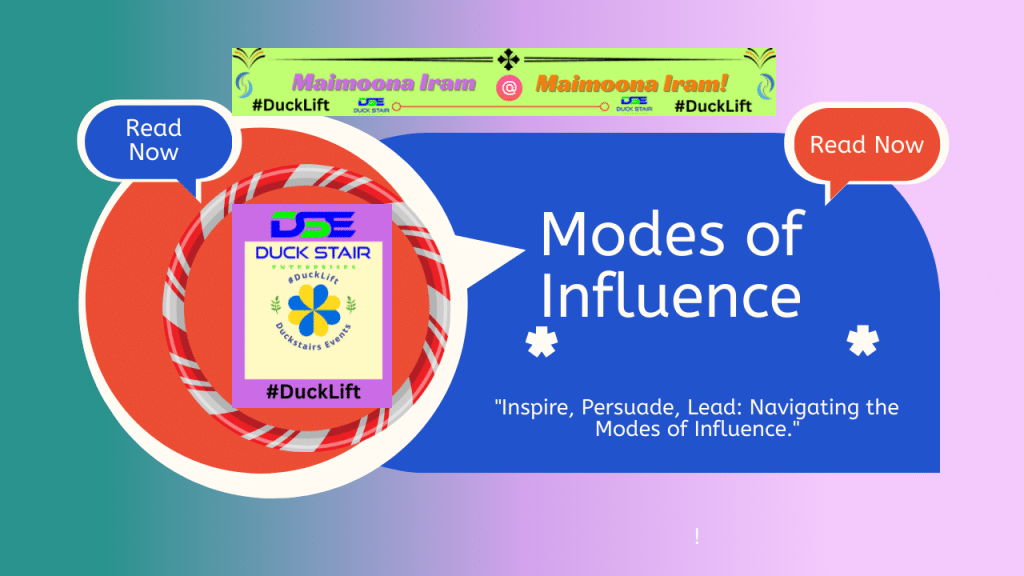Modes of Influence

Modes of Influence
The term “modes of influence” can refer to various frameworks for understanding how people influence each other. Here are two common approaches:
Influence Styles:
This framework categorises influence based on the leader’s style and the level of control they exert. Here are four common styles:
- Telling: The pioneer directs what should be finished, with practically no contribution from others. This style can be successful in earnest circumstances or when a clear course is required, however it can likewise be demotivating and lead to opposition.
- Selling: The pioneer presents their thoughts in a convincing manner, tending to worries and building agreement. This style is more cooperative than telling, yet it actually depends on the pioneer’s plan.
- Counselling: The pioneer looks for input from others prior to settling on a choice. This style can be useful for social occasion data and purchase, however it can likewise be tedious and lead to hesitation.
- Collaborating/Teaming up: The pioneer works with others to foster an answer that addresses everybody’s issues. This style is the most tedious yet can prompt the most maintainable and viable results.
Influence Tactics/Impact Strategies:
This framework focuses on the specific methods used to influence others. Here are three main categories:
- Rational appeals/ Objective requests: These strategies centre around rationale, proof, and information to persuade others that a specific strategy is ideal.
Emotional appeals/Close to home requests: These strategies tap into individuals’ feelings, like trepidation, trust, or pride, to propel them to make a move.
Relational appeals/ Social requests: These strategies assemble trust and affinity with others, making them more open to your message.
The best method of impact will differ contingent upon the circumstance, individuals included, and the ideal result. It means a lot to be adaptable and versatile in your way to deal with impact, involving various styles and strategies on a case by case basis.
Modes of influence can manifest in various forms:
- Persuasion/Influence: Persuading others through unquestionable claims or close to home allure.
- Authority: Impacting through skill, information, or saw validity.
- Social Proof:Social Evidence: Influencing conduct by showing that others, particularly peers, are doing likewise.
- Reciprocity/Correspondence: Impacting by giving or accomplishing something first, encouraging a feeling of responsibility.
- Consistency: Empowering responsibility through adjusting solicitations to existing convictions or responsibilities.
- Scarcity: Influencing by highlighting limited availability or exclusivity.
- Liking: Impacting through building rapport, friendship, or similarity.
- Fear: Influencing by highlighting consequences or risks of not taking action.
- Association/Affiliation: Impacting by connecting thoughts, items, or activities with advantageous results or properties.
- Emotional Appeal/Close to home Allure: Impacting through bringing out unambiguous sentiments or feelings.
Every mode can be utilised decisively relying upon the specific situation and desired outcome.
Author

MAIMOONA IRAM
https://backup.brandingmaxmediamulty.comCreative, Dynamic, Innovative.
